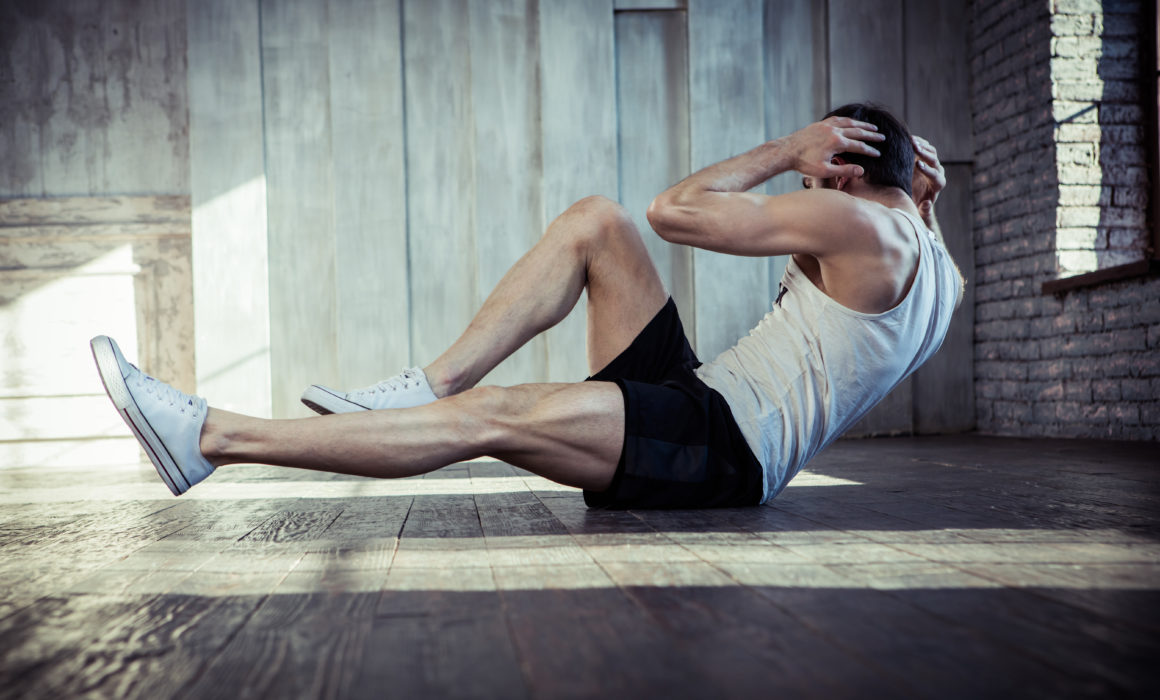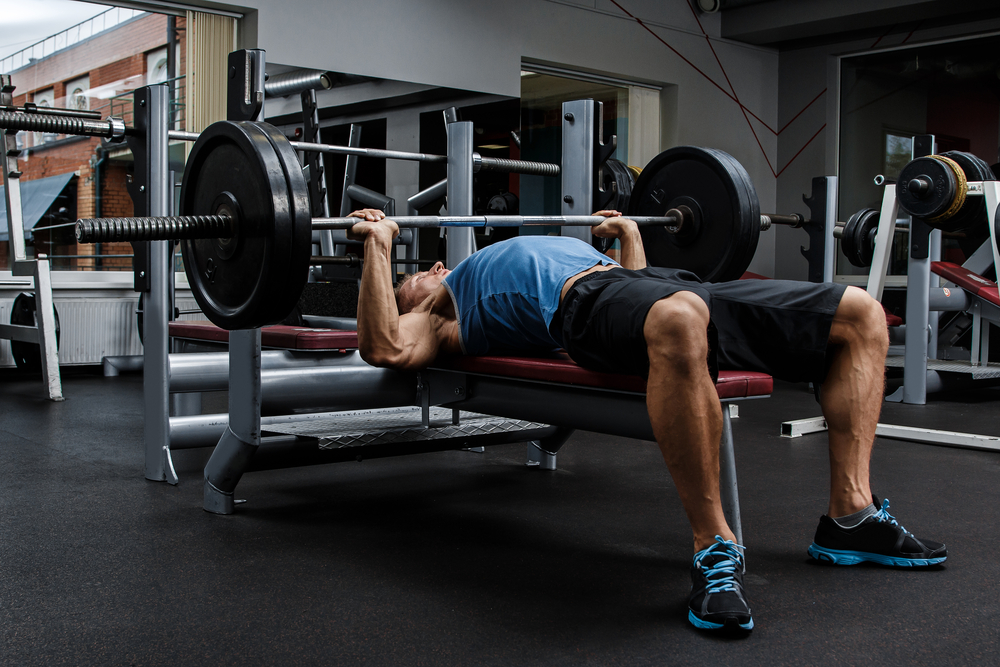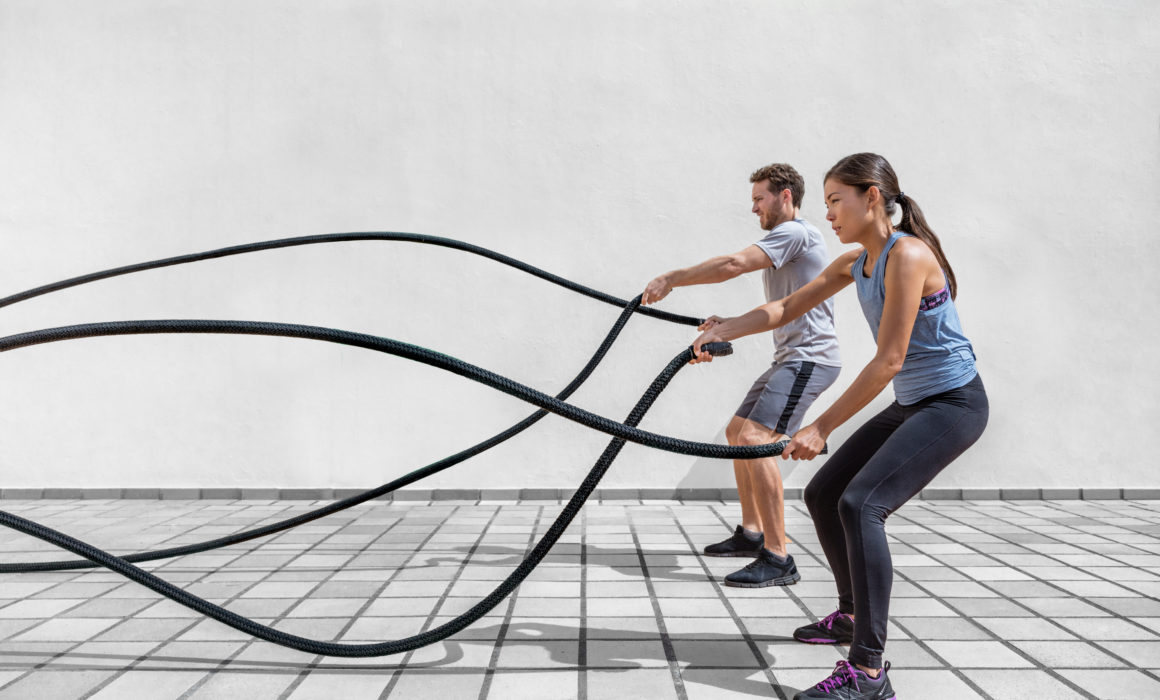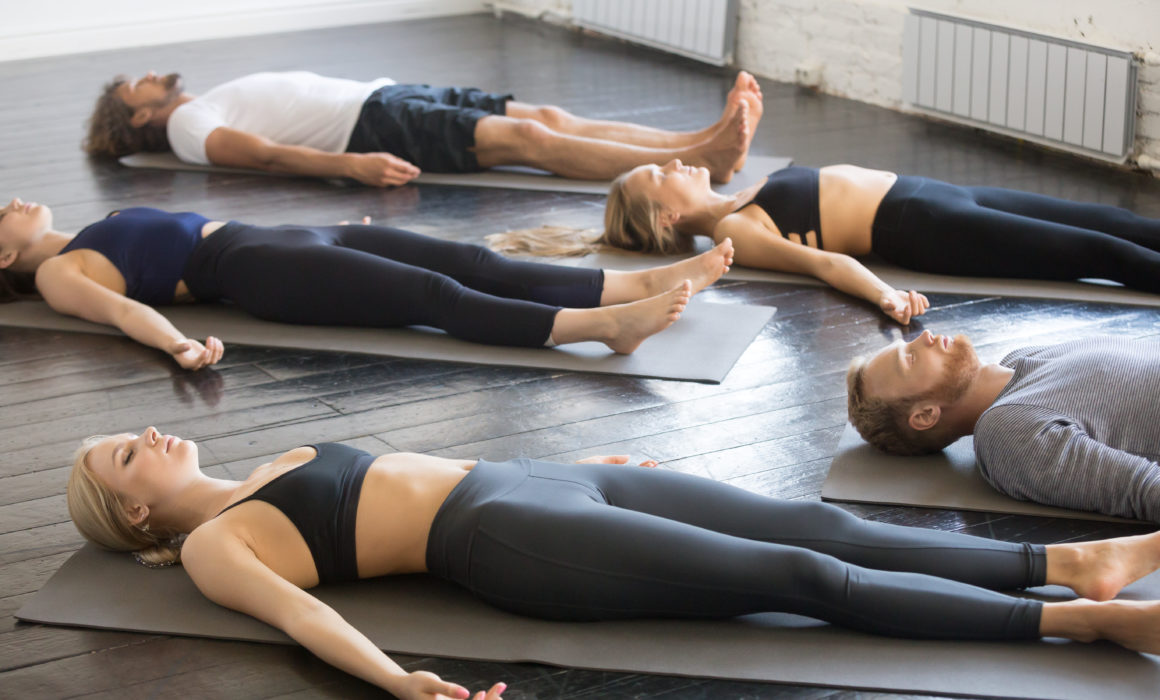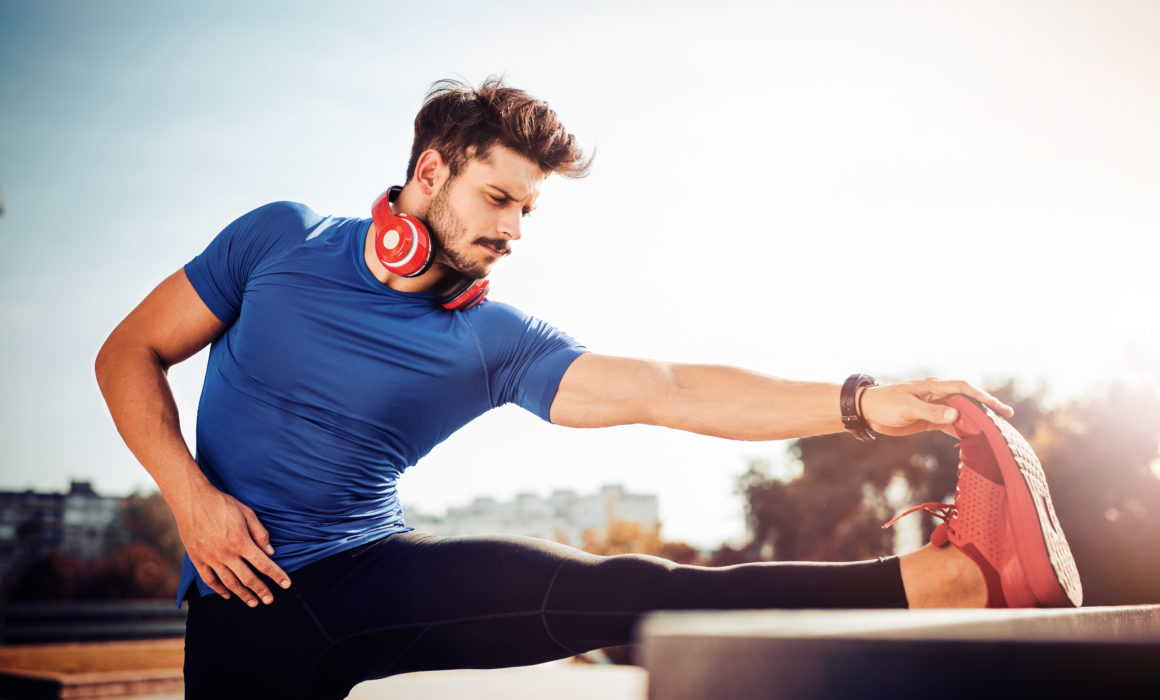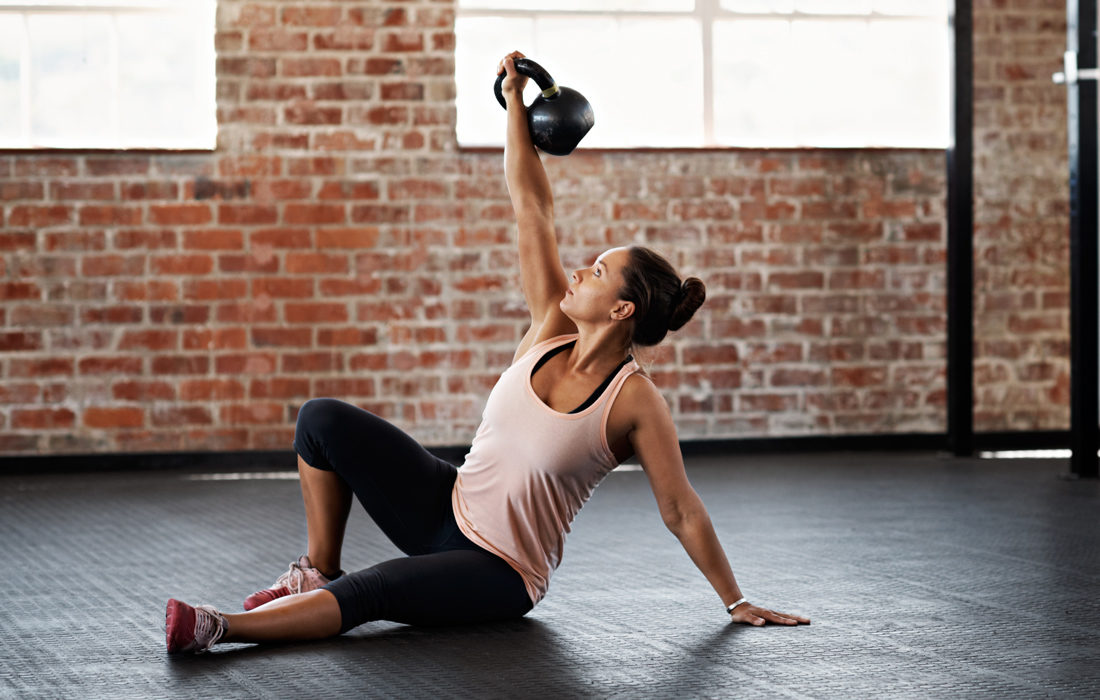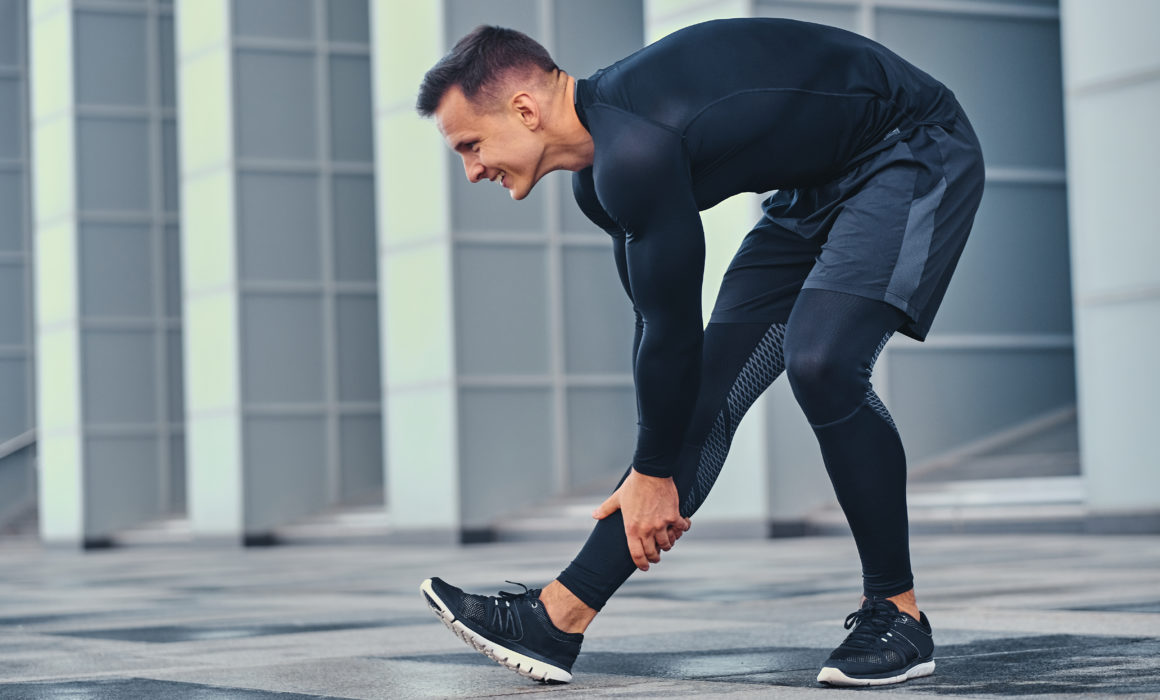3 Tips to Be Consistent with Your Workout Routine
3 Tips to Be Consistent with Your Workout Routine
Studies have shown that at least 50% of the people who start a fitness program do not make it through the first three months, many more will discontinue the program before the end of twelve months. A large number of people never exercise, or have ever joined an exercise program, despite the fact that regular exercise and physical activity is necessary for health–both physical and emotional.
So, what makes people stay with an exercise program?
Studies have indicated that there are psychological variables relevant for someone to stay with an exercise program. The main variables include the following:
1. Take Responsibility
The ability, to take responsibility for what happens in your life. If you are not satisfied with your current health and fitness, think of how you got to that point. Did you stop exercising after high school or college? Decreased your fitness when you started family? Never tracked or cared about your diet? Never learned how to exercise and you don’t know where to start? Should you do cardio, strength or both?
If you can eliminate blame, you can eliminate excuses. If the blame or excuse plays repeatedly in your mind, you are shifting responsibility for your decisions to others. When starting an exercise program, do it for your own health benefit and you will be more likely to succeed.
2. Have a Clear Goal in Mind
Sport and exercise can be essential to health and adherence. When most of us train without a goal or purpose in mind, exercise becomes very monotonous and mundane. If you like to do cardio for exercise, I encourage you to sign up for a 5k, triathlon, or marathon with a specific goal time in mind to stimulate your drive.
If you like to lift or do HIIT training, I encourage you to join a lifting or CrossFit competition. It sounds scary from the outside looking in, but they do a very good job of scaling for all levels. The anticipation and slight anxiety about sporadically signing up for a competition should be enough to spark your inner athlete and help you stay committed to your health for many, many years.
At the very least, track the time and distance of your runs, biking, swimming, weight lifted during a workout, time to complete a HIIT workout, etc. This way you can create a competition against your future self, and you are able to further specify your workouts.
3. Know Your Abilities and Fitness Level
Knowing your fitness level is all about the perception you have of your exercise ability. It is important to build a good exercise base when starting an exercise regimen. For example, if someone wants to start exercising after a hiatus, they should not start on an intense exercise program that they have seen online. This creates a high risk of “falling off the bandwagon” and stopping altogether. A sedentary person getting into exercise has a much high risk of injury, which also deters adherence to a program. Don’t be afraid of reaching out to a coach or trainer that can help you start at your individual fitness level. A good coach will help you build a foundation, making exercise attainable for your individual needs within a timeframe suitable to you.
Your exercise needs may change based on whether you work out in the morning or evening if you can workout 2, 3, or 5 times a week, and what type of exercise you enjoy doing. If you have struggled with being consistent with your workout routines, I suggest working with a trainer to get on track and stay accountable so you can reach your goals and have better health and fitness. There are several options out there to work with a trainer that will help you stay consistent. You can work with a trainer at your local gym, or online personal training which is a convenient and cost effective way to work with a trainer virtually. No matter what you choose to do, keep in mind that consistency is the key to getting results. So remember, take responsibility for your fitness, set goals, and know your abilities.

